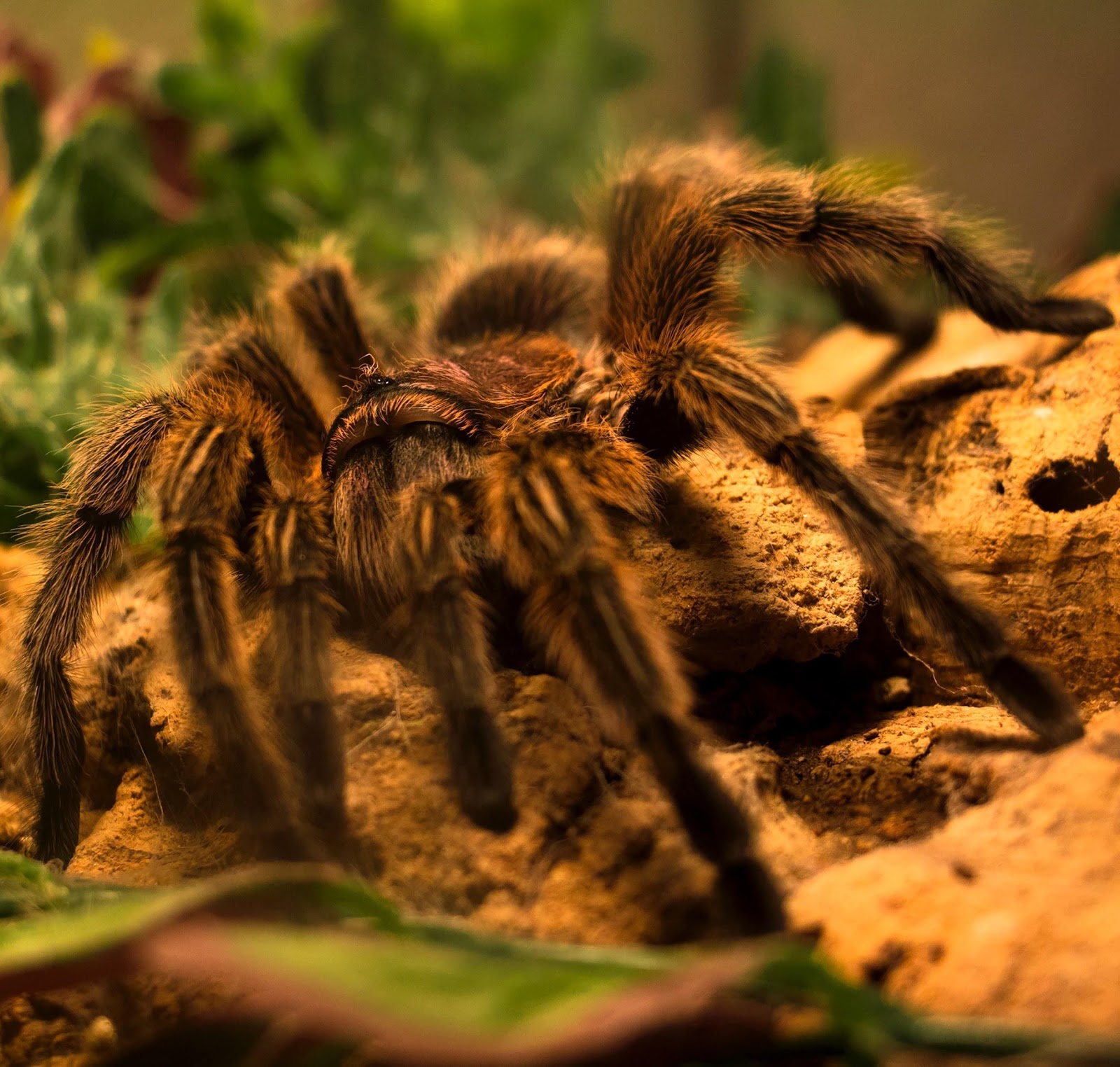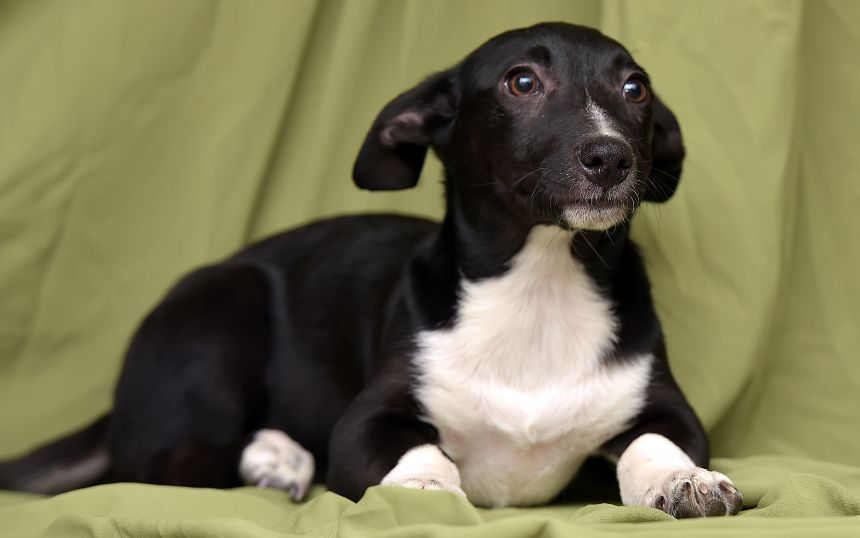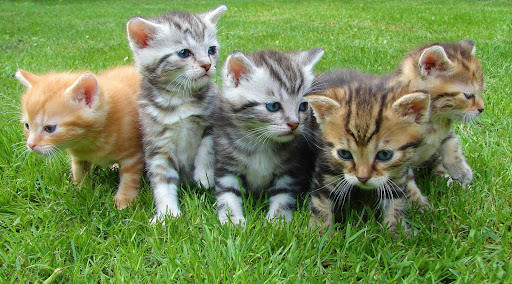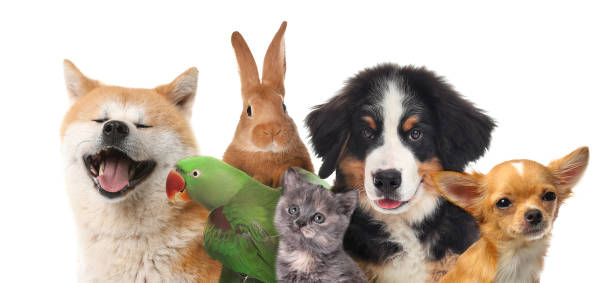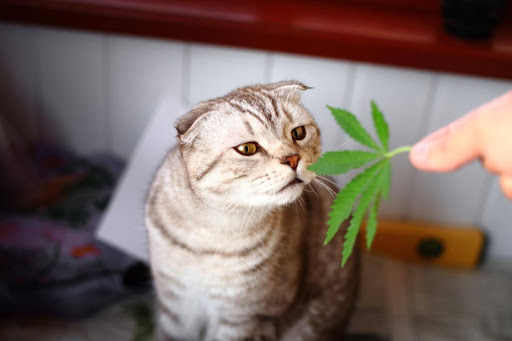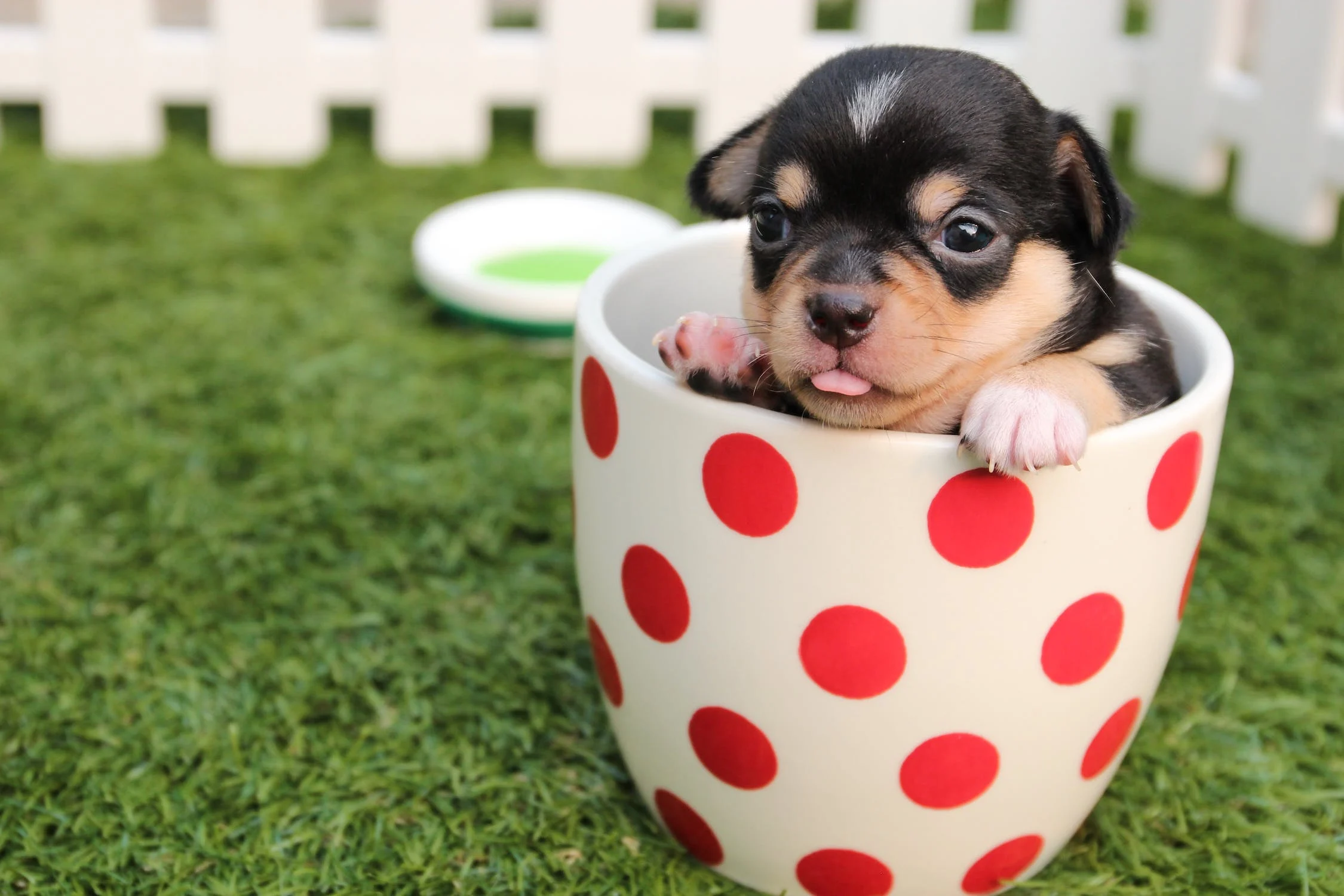The Life Cycle of Horses: Tips for Keeping Them Healthy
The average life span of a horse is about 25 to 30 years. It’s a long, beautiful journey that brings them from little foals to strong adults to peaceful seniors.
However, it’s essential to maintain a proper diet and quality of life aspects to keep them living long and strong. So let’s look at the life cycles of horses and the various health tips to keep them happy.
Foal
After 320 to 370 days of pregnancy, a mare delivers a newborn foal to the world. Foals nurse within the first two hours of birth, needing the colostrum from their mother’s milk due to increased respiratory diseases and diarrhea risks.
The average foal nurses between three to five times per hour, remaining close to their mother and consuming an estimated 15 to 25 percent of their weight in milk. Keep a close eye on the foal for the first few months to see any developing issues or preventatives that can stunt their growth.
Weanling
After three months, the foal becomes a weanling until its first birthday. It’s a time when the horses need to wean from their mothers, which can cause some stress. So an essential health tip during the life cycle of a horse is to ensure that the weanling is obtaining enough calories, proteins, calcium, and phosphorus.
Regular exercise will help with muscle development and ensure their weight is about half their expected adult weight by six months. Additionally, have them obtain their eight-month vaccinations.
Yearling
After the weanling turns a year old, it becomes a yearling until its second birthday. Growth spurts can result in the yearling looking unbalanced in proportions.
Proper hydration and diet will help their bodies fill out as they reach their mature height. They are also very curious, so keeping them entertained and exercising regularly will help level them out.
Adolescent
Between the ages of two and three, the yearling becomes an adolescent. While a female adolescent is called a filly, the male adolescent is called a colt. Adolescent horses reach puberty at this age, and their growth rates slow substantially.
Adolescent horses must get the proper diet for the training they experience. So a hay feeding tip ensures they eat at least 30 percent of their body weight daily, and feeding should get 25 percent of their current food with new food every two or three days.
Adult
When your horses reach the age of four, they become official adults. Adult horses will need annual dental checkups, exams, and breeding starting at this age. At this age, males are called stallions or geldings, while females are called mares.
Senior
Horses become senior between the ages of 15 to 20. They’ll need daily checkups due to potential health issues, needing medication and other treatments as they age. Senior horses will need soft hay, along with daily hoof cleanings and proper shelters for temperature management.
While the life span of a horse can feel long, it can go by in the blink of an eye. So ensure your horses get the best and utmost care they can while they’re around.
